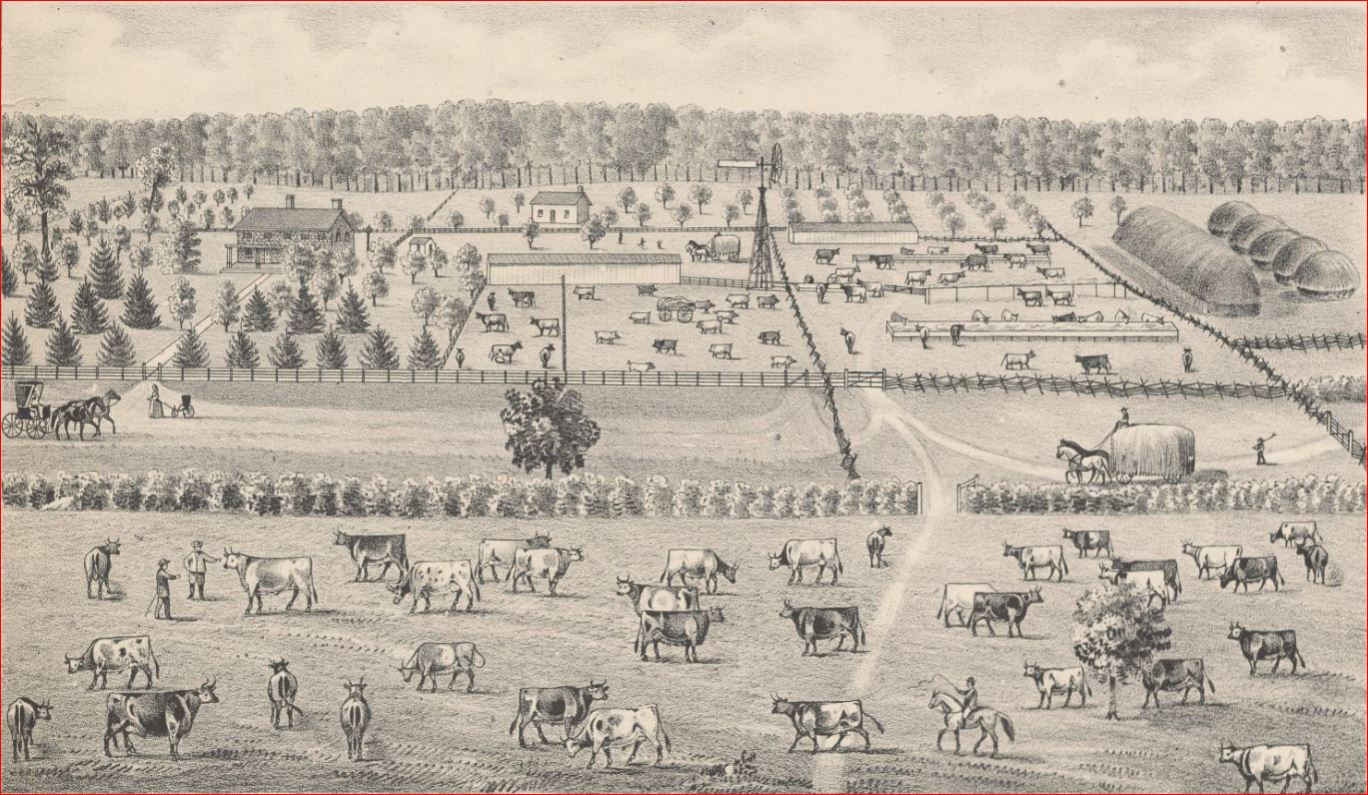Localized Ecological Solutions for a More Sustainable Planet
Before European settlement and human-made drainage, Harris Township in northeastern St. Joseph County, Indiana, was historically wet ground deemed unsuitable for agriculture. One exception to this was a small area of high-ground grassland and oak savanna that lay just south of the Michigan State line. In 1831, a settler named Jacob Harris emigrated from Ohio and built his homestead on this grassland, which became known as the Harris Prairie.
As additional agrarian settlers arrived, they began displacing the indigenous vegetation. They tilled over the rich, organic prairie soil because it was ideal for raising crops. They felled the mature oaks and hickories for use as wood for homes, furniture, and tools. They replaced this native vegetation with European grasses as grazing plants for livestock. Sadly, within a few decades, the native prairie and most of its neighboring savanna were gone.

The latter decades of the 20th century saw another large-scale land use change in Harris Township. As the county’s housing boom expanded eastward, Harris Township saw much of its land shift from agriculture to residential. Corn and soybeans gave way to lawns with Eurasian trees. Retention ponds, created to hold runoff from roads, roofs, and other impervious surfaces, became standard landscape features.
The removal of nature came with a price. As “progress” destroyed the indigenous vegetation, many animals that relied upon it declined or were extirpated. Although Harris Township now has a population of over 20,000, its residents lack local access to nature's cultural, physical, and mental health benefits.
To counter this, the Township has entrusted us to oversee the reestablishment of approximately three acres of native prairie/oak savanna. What began with the installation of a native seed mix in 2019 ramped up in 2023 with concentrated efforts to eradicate invasive species while encouraging the growth of native grassland plants. With the help of students from nearby Penn High School, a trail system was created in the fall of 2023, and historically accurate native oak savanna trees and shrubs were added in the spring of 2024.